Image
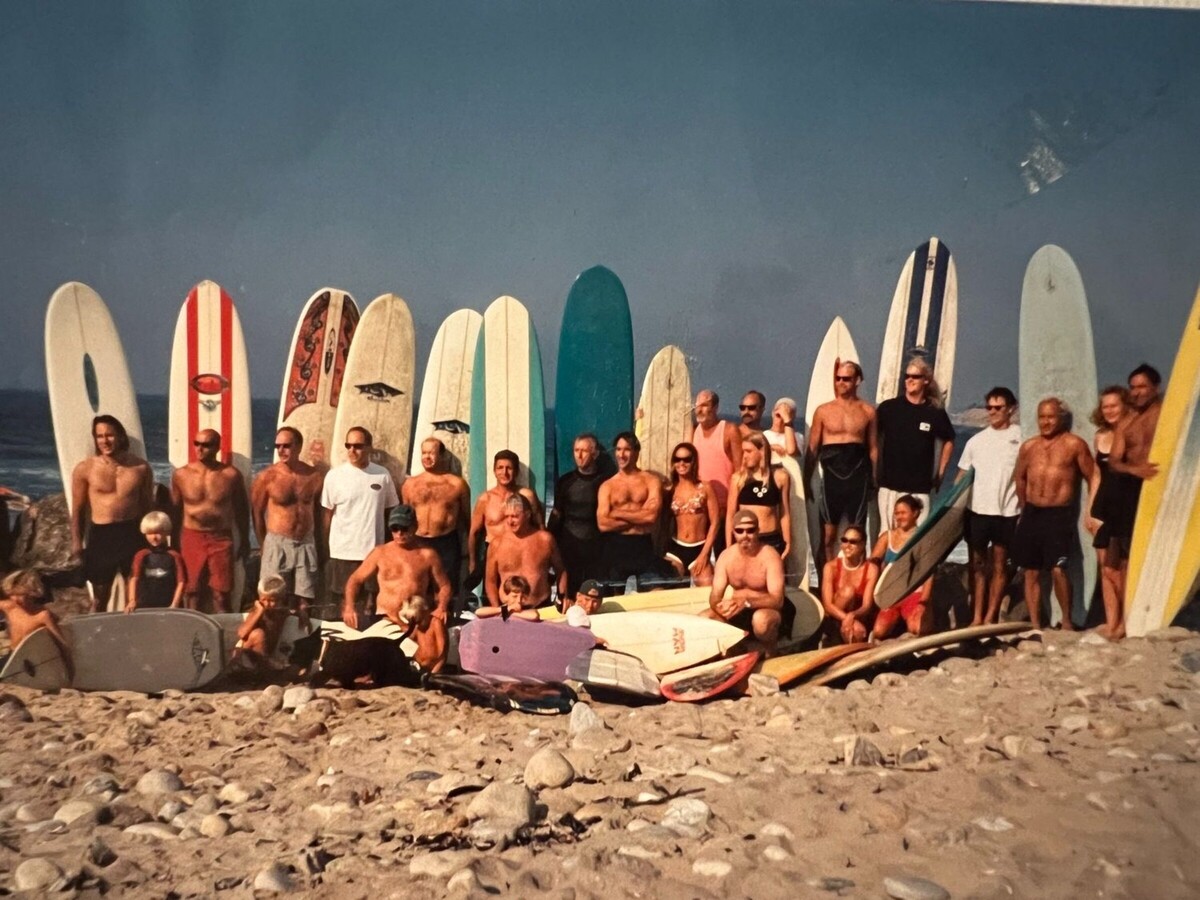
SKYLARK'S ARTICLE OF THE WEEK - HANG LOOSE
I love surf culture. I grew up on the beach watching my Dad body surf and my boyfriend surf. It's exhilarating. Surf culture spans thousands of years. It's one of the most interesting cultures that has endured the test of time and is gaining popularity throughout generations.
Surf culture, deeply rooted in ancient Polynesian practices, evolved from a spiritual and social activity in Hawaii to a global phenomenon with distinct cultural expressions. Initially practiced by all social strata, surfing's connection to royalty and spirituality was later emphasized, then suppressed by missionaries. Rediscovered and popularized by figures like Duke Kahanamoku, surfing experienced a boom in California, blending with beach culture and eventually becoming a professional sport.
Early History (Pre-18th Century)
19th Century Decline and Revival
20th Century and Beyond
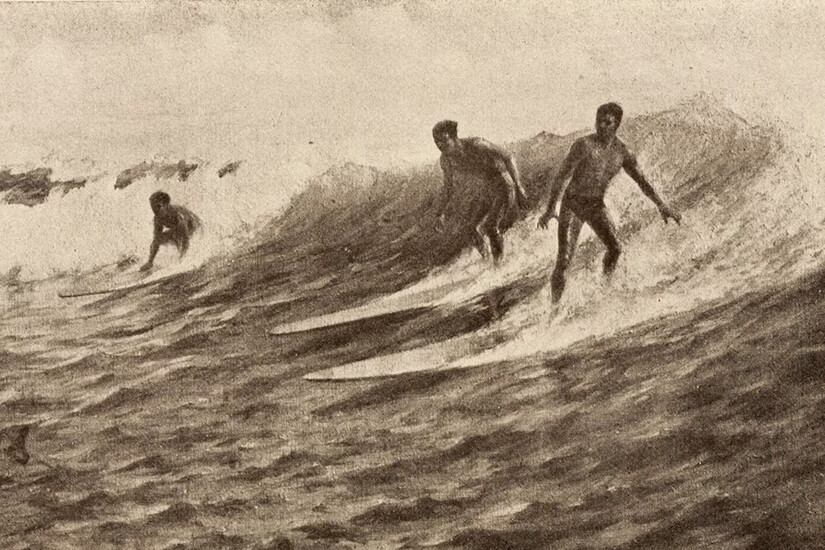
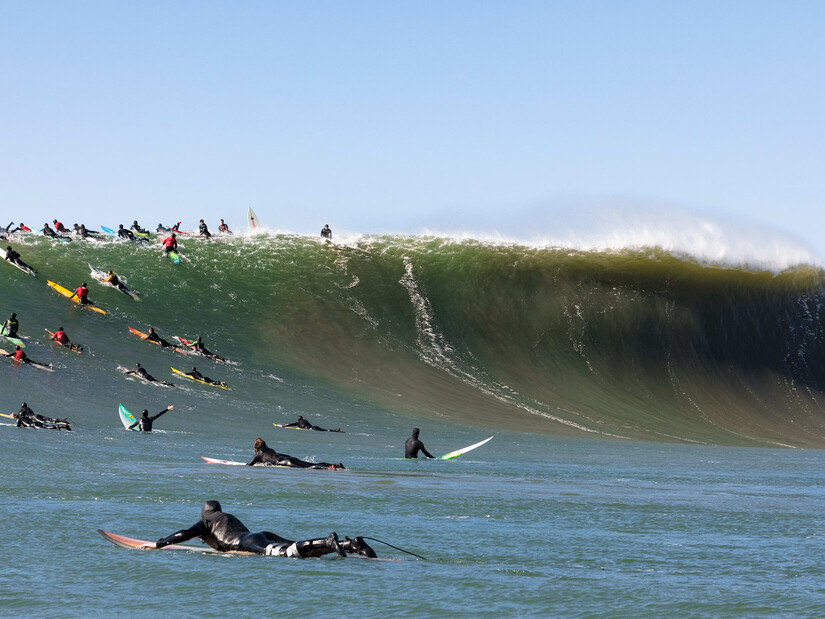
Surfing at Shinnecock Inlet and Ditch Planes
When I was in high school, my boyfriend and I and a group of friends would drive out to Shinnecock Inlet and sleep in our cars to catch the first wave at sunrise. It was a ritual throughout the summer. There were dangerous waves in the inlet, but that didn't stop anyone. It was a do or die situation!
Shinnecock Inlet offers some challenging wave surfing, particularly at the "Shinnecock East Break". This spot, located on the eastern side, is known for its powerful right-hand break, ideal for experienced surfers who can handle fast-moving waves and tricky currents. The inlet's conditions can be dynamic, so understanding the tides is crucial for safe and enjoyable surfing. Thank God, no one got hurt.
Ditch Planes is my favorite surf spot. It's in Montauk on Long Island and reminds me of Malibu in California. It's much smaller, but the essence is the same. After Hurricane Sandy in 2012, we took a ride out to Ditch. Surfers were everywhere, and so were the waves. There are lots of rocks at Ditch, so you have to be careful. This didn't stop anyone. I was amazed at their bravery and skill. Hang loose!
Surfing at Shinnecock Inlet
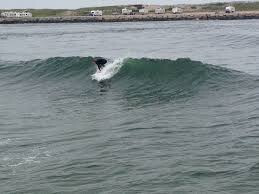
Surfing at Ditch Planes
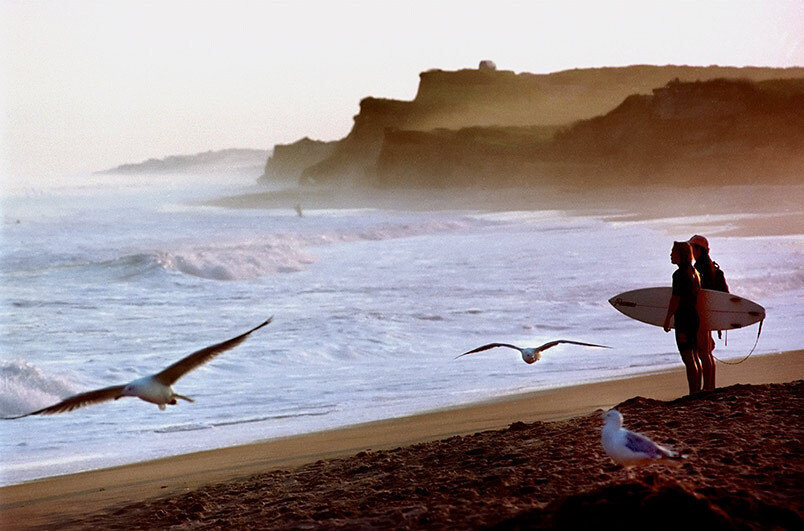
Women Surfing
There are more women surfing today than ever before. Women surfing has a rich history, dating back centuries, and is experiencing a surge in popularity and recognition. My sister, Donna, surfs. From historical figures like Princess Keleanohoana'api'api to contemporary champions like Carissa Moore and Stephanie Gilmore, women have consistently pushed boundaries in the sport. Today, women represent a significant portion of the surfing population, and their performances in competitions and big wave events are captivating audiences.
Here's a little history of Women in Surfing
Modern Day Women's Surfing
The Future of Women's Surfing
I am woman, watch me surf.
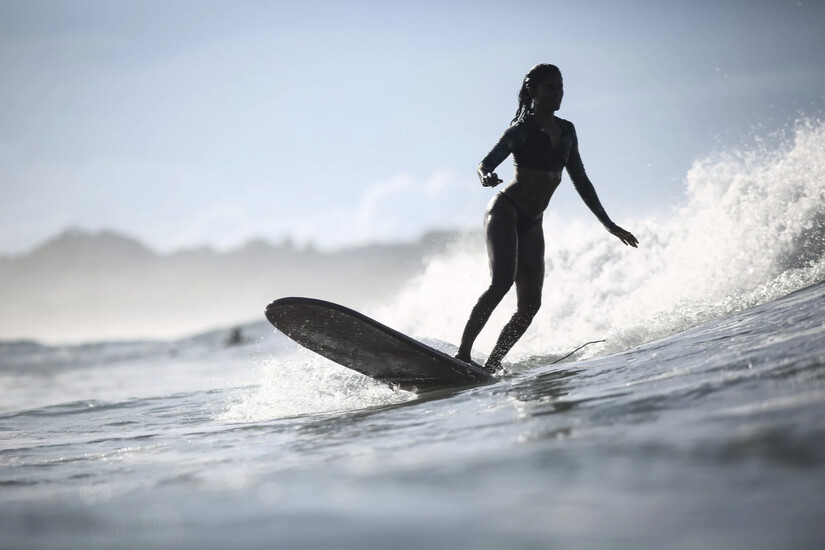
Big Wave Surfing
Big Wave surfing is another beast. It is a special branch of surfing that involves riding waves at least 20 feet high. It requires specialized equipment, like "guns" or tow-boards and advanced techniques. Surfers in this discipline prioritize performance and technique, similar to riding smaller, barreling waves, and often ride shorter boards with innovative fin designs. Big wave surfing is also associated with high levels of commitment and advancements in safety and rescue techniques.
Here's Some Key Aspects of Big Wave Surfing
And then there's the Mavericks. "Mavericks" most likely refers to the 2012 biographical drama film, Chasing Mavericks, which tells the story of surfer Jay Moriarity's quest to conquer the massive Mavericks surf break. It was directed by Curtis Hanson and Michael Apted, and stars Jonny Weston as Jay and Gerard Butler as his mentor, Frosty Hesson. The film explores themes of perseverance, mentorship, and the pursuit of a challenging dream. It's a very cool film.
Here's a More Detailed Breakdown of the film, Chasing Mavericks
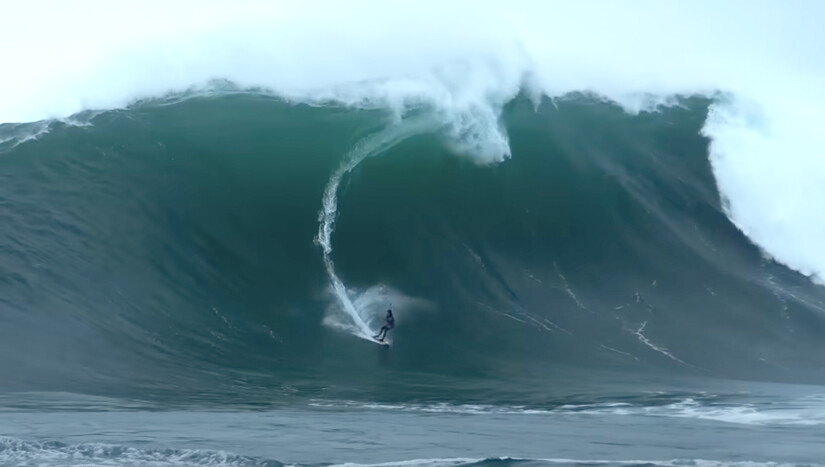
The Paddle Out
The paddle-out is a spiritual symbol of surf culture. It's a traditional Hawaiian tribute to the life and legacy of people who passed away. In most cases, the paddle-out is a floating memorial held in the ocean, a few yards from the shore, where surfers and other water sports participants honor someone they cherished. Paddlers often carry flowers and Hawaiian leis on top of their boards and in their teeth to the place where they will celebrate someone's life. As they arrive at the selected location, surfers join hands, form a human circle, say a few words, chant, and splash the water. The circle aims to represent the way the ocean brings people together. In some cases, family and friends of the honoree pour their ashes in the water. There are also paddle-outs held to protest against the construction of buildings and landmarks, the destruction of nearby parks and marine life, oil spills, offshore drilling, and water pollution.
I went to my first and only paddle out a few years ago when fireman, lifeguard, and surfer, Casey Skudin, passed away in an unrelated accident. I did not know Casey, but his death touched me so deeply, and I felt I had to go. He was a fireman in Rockaway just like my uncles were. I felt a kindred connection. I'm so glad I went. It was such a sacred experience. I still have a rose from that day.
Here's the link to an article I wrote about Casey Skudin's paddle out:
https://skylarklive.town.news/g/bay-shore-ny/n/85681/humble-hero-honore…
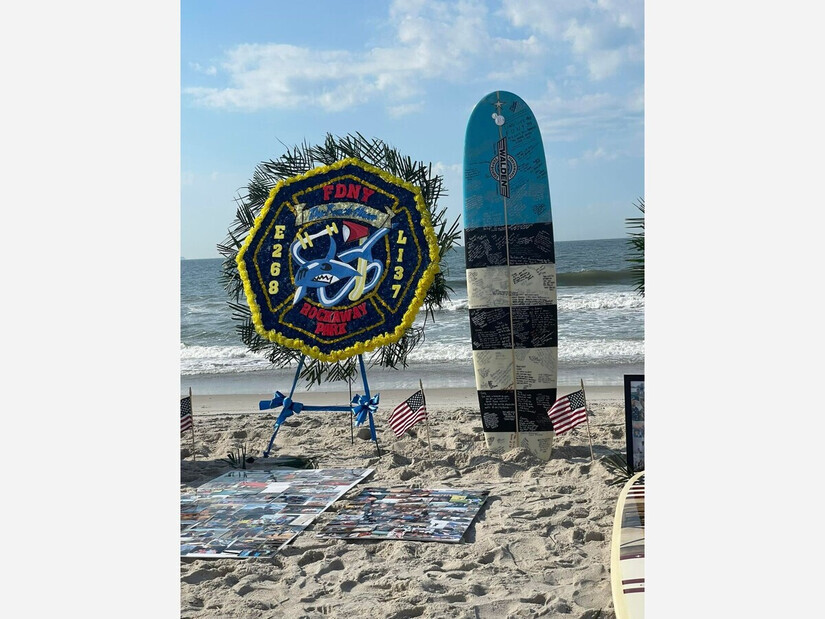
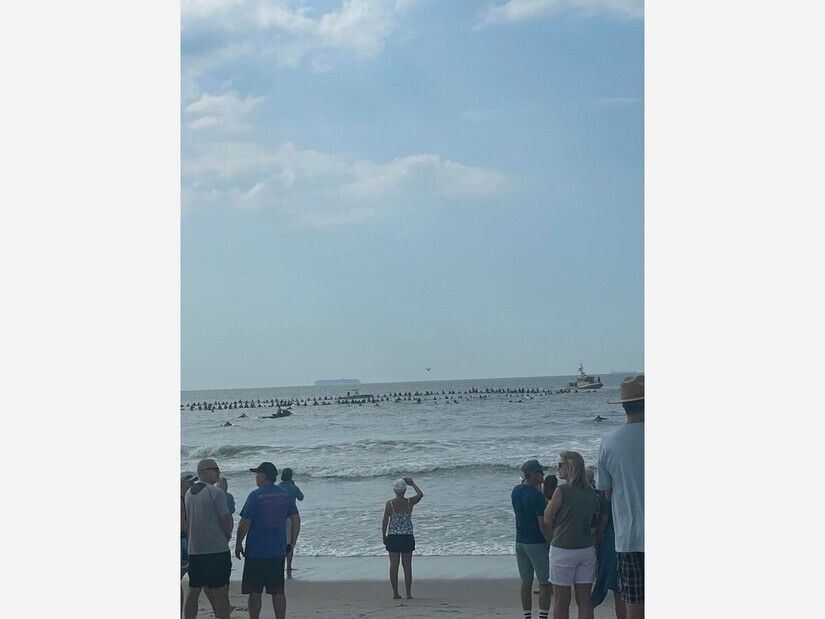
A Beach Boy
Brian Wilson was the ultimate California beach boy. Co-founder of the band, The Beach Boys, he blended beach culture with surf culture in song. He wrote countless mega-hits including Surfer Girl, Surfing U.S.A. and Surfin' Safari, just to name a few. He passed away on June 11, 2025. He was the ultimate Surfer Dude.
Here's the link to Brian Wilson's paddle out:
https://www.youtube.com/watch?v=qkADjMYMbIQ
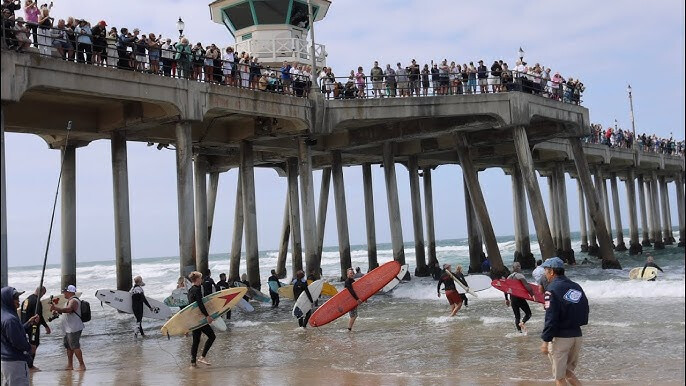
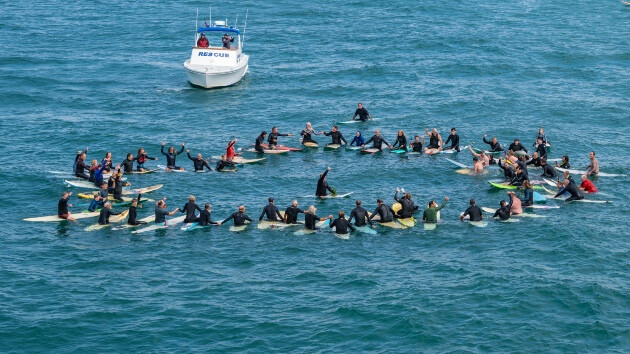
The Language of Surf Culture
The "shaka" or "hang loose" sign, a hand gesture with the thumb and pinky finger extended while the other fingers are curled, is a common symbol in surf culture and is often associated with Hawaii. It's used as a friendly greeting, a way to say "thank you," "take it easy," or express general positive vibes. The gesture is thought to have originated in Hawaii and has been adopted by surfers worldwide as a way to communicate with each other and express their connection to the surfing community. Here's a more detailed look at the shaka and its connection to surf culture:

The Woodie
What would surf culture be without a signature car. Born in 1929, the wooden wagons gained popularity in the 1960s among California surfers, especially in Huntington Beach.
A woodie, (or a woodie wagon) is a wood-bodied automobile, that became a popular type of station wagon the bodywork of which is constructed of wood or is styled to resemble wood elements. The appearance of polished wood gave a resemblance to fine wooden furniture and on many occasions the wood theme continued to the dashboard and inner door panels including the rear tailgate.
The Beach Boys along with Jan and Dean only fueled the Woodie craze with lines like, “We’re loadin’ up our Woodie with our boards inside and headin’ out singin’ our song”, and “I bought a ’30 Ford wagon, and we call it a Woodie. Surf City, here we come.” These became iconic songs.
Rolling through Huntington Beach over the decades, Woodies were symbolic of the rich surf heritage and lifestyle. You might spot one parked proudly outside a local event, or entire rows of these iconic beauties lined up at an annual Woodie car show.
My cousin, Jimmy DiResta, is building a Woodie out of an old Cadillac. Take a look.
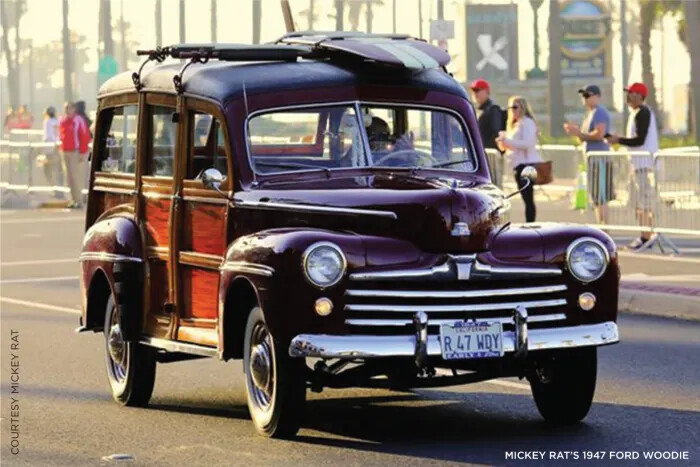
When I was a teenager, Woodie's were a fairly common site. I don't see them much anymore, but every now and then, one is rolling through town. The surf culture lives on. Every beach I go to, there are new surfers riding waves big and small. It's a unique culture that captures the imagination of every generation. May it never get old. Surf's up, dude! Load up the Woodie.
Peace and Love,
Skylark
At 60 and Beyond, surfing can be a great way to stay active in life. Be careful!
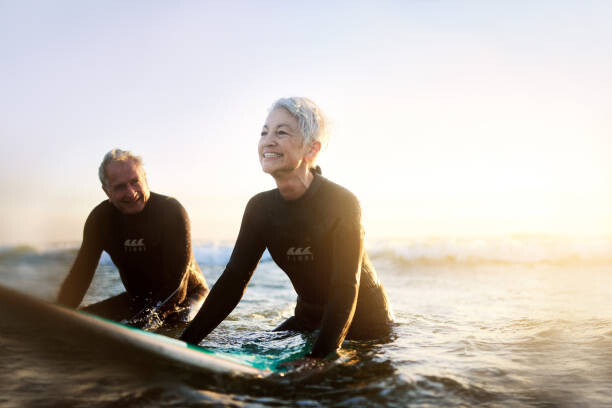
SKYLARK'S INSPIRATIONAL QUOTE OF THE WEEK
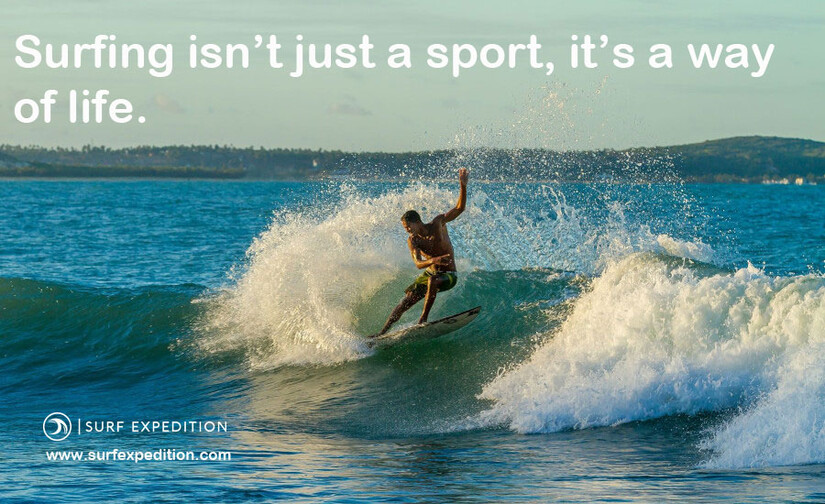
SKYLARK'S PRAYER OF THE WEEK
Dear God,
Please protect all surfers in big and small waves everywhere. Amen.
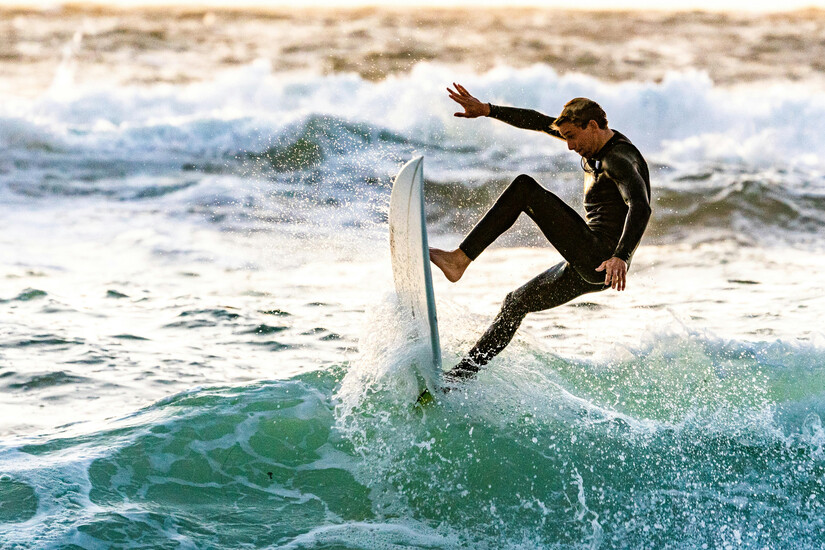
SKYLARK'S HIGHLIGHT OF THE WEEK
The highlight of the week was attending a drum circle on the beach Monday evening. There was a warm breeze, the sky was like sherbet, and the sunset was as gorgeous as ever. It was a perfect summer night.
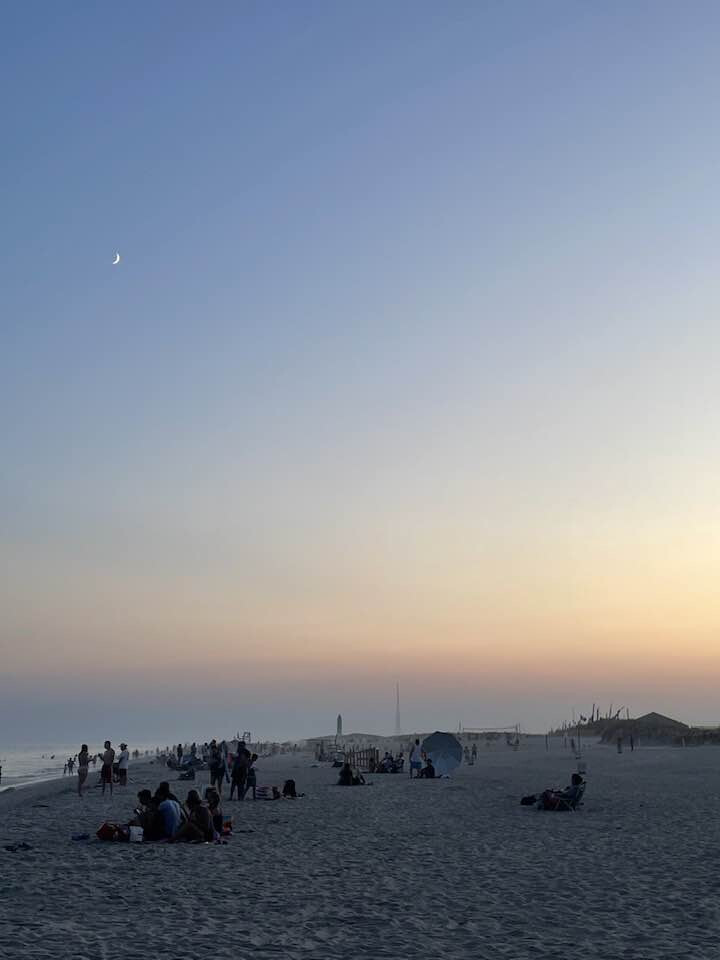
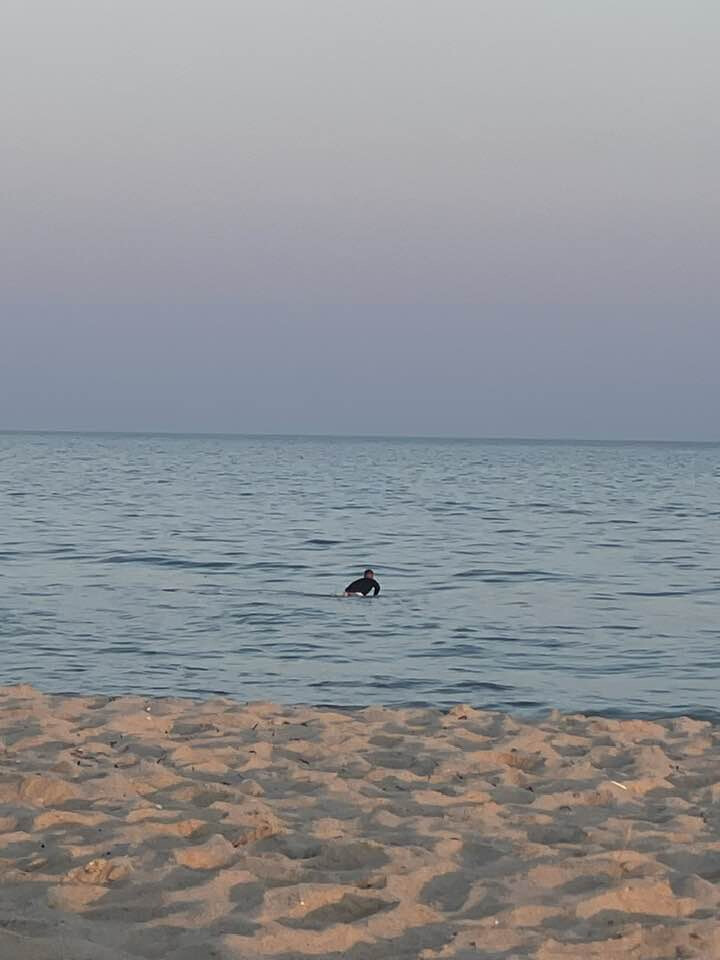
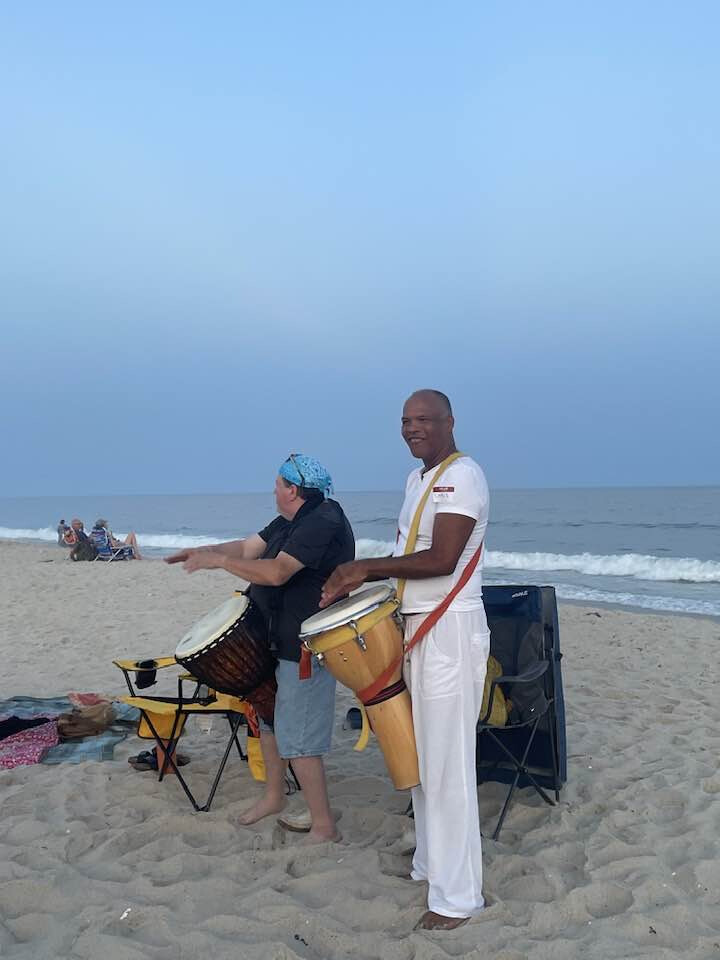
SKYLARK'S PICK OF THE WEEK
My pick of the week is the Sayville Summerfest 2025. Check out this three day event if you can. It's so much fun.
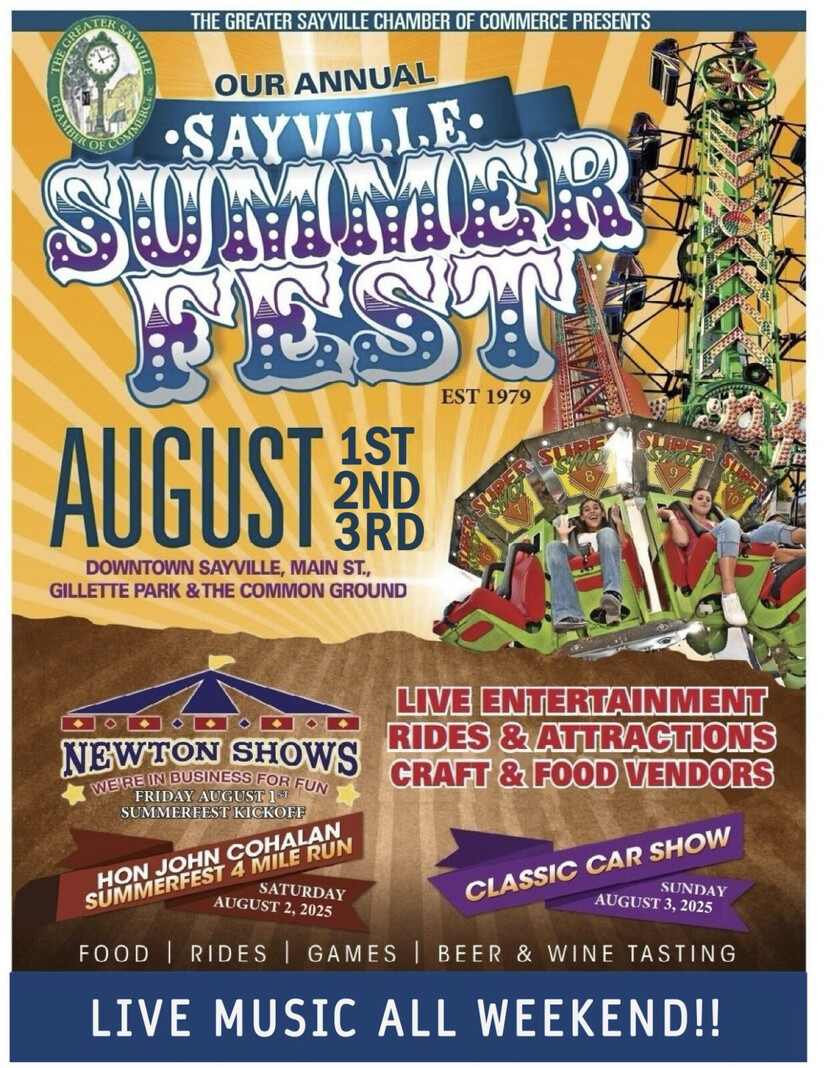
SKYLARK'S QUESTION OF THE WEEK
Do you enjoy surf culture? Tell me about an experience you've had.
Please put your answer in the comment section below. I'd love to hear from you.
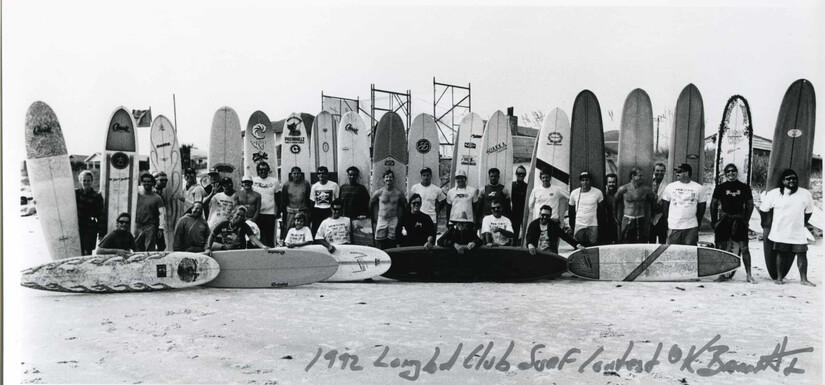
SKYLARK'S ITALIAN PHRASE OF THE WEEK
English: Hang loose!
Italian: Rilassati!
SKYLARK'S SONG OF THE WEEK - THE BEACH BOYS GREATEST HITS
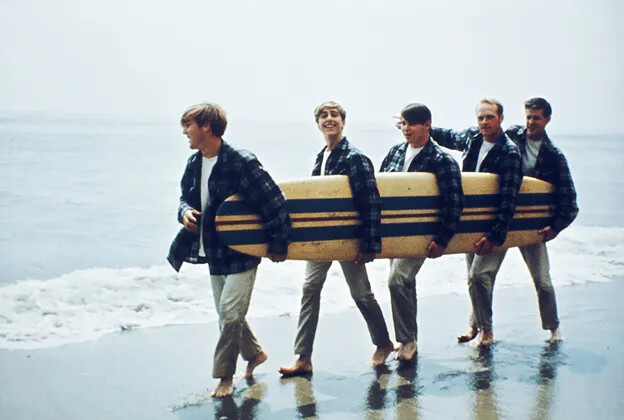
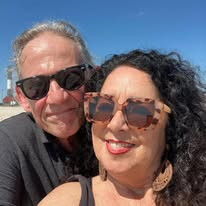
ABOUT MY BRAND, SKYLARK LIVE
My brand, Skylark Live, began when I turned 60 and noticed a profound shift. I wanted to talk about it and share what I was experiencing with the hope of helping other women as well. My brand consists of a weekly newsletter and a monthly vlog designed to motivate and inspire women over 60 to thrive in mature aging through knowledge and self-awareness. Andiamo! Let's go!
Weekly Newsletter - My weekly newsletter, 60 and Beyond with Skylark, features articles about human interest, nature, general observations, inspiration, motivation, music, places I've been to, and ideas I want to explore. I represent Bay Shore and towns beyond. There is also a calendar of events. I throw in Italian words, too, because I love the language and all things Italian. Bella Italia! As a paying subscriber, you will receive my newsletter each Wednesday morning in your email. That gives you a head's up. You can also advertise your business or event on my newsletter. Just click this link to subscribe: For updates, subscribe to our free newsletter!
Monthly Vlog - My first Monday-of-the month vlog, 60 and Beyond with Skylark, is a recap of what I've written about in my newsletters throughout the previous month. Then I introduce a new topic. My vlog is live on my YouTube channel, Skylark Live, and you can view it at any time. Just click the link to subscribe: (736) Skylark Live - YouTube
HOW TO SUPPORT ME
Patreon - This is where you can financially support my brand. It enables me to write my newsletters and create my vlogs to share with you. Just click the link to contribute: www.patreon.com/SkylarkLive
Social Media - Follow me on Facebook, X, Instagram, and LinkedIn under my brand, Skylark Live.
Thank you for your love and support. Apprezza la giornata. Cherish the day. Saluti!
